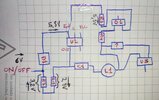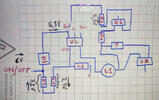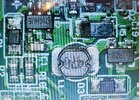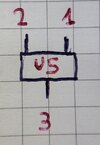Hi everyone!
I have a RC car transmitter, an Absima CR3P, that a few days ago, decided not to turn on anymore.
When I power it from the bench PSU, no current is passing. Voltage "gets" to the PCB when I press the momentary switch push button.
I'm an electronics noob, but I attach pictures of what I think are the voltages on the regulators (picture is marked with "EDIT" at the end of the name) and relevant info on the PCB.
Thanks for any help provided in advance.
I have a RC car transmitter, an Absima CR3P, that a few days ago, decided not to turn on anymore.
When I power it from the bench PSU, no current is passing. Voltage "gets" to the PCB when I press the momentary switch push button.
I'm an electronics noob, but I attach pictures of what I think are the voltages on the regulators (picture is marked with "EDIT" at the end of the name) and relevant info on the PCB.
Thanks for any help provided in advance.
Attachments
-
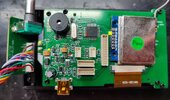 1693304046889.EDIT.jpg405.5 KB · Views: 220
1693304046889.EDIT.jpg405.5 KB · Views: 220 -
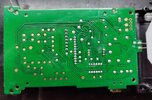 1693304046873.jpg319.2 KB · Views: 222
1693304046873.jpg319.2 KB · Views: 222 -
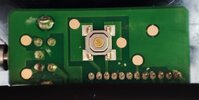 1693304046919.jpg237.7 KB · Views: 228
1693304046919.jpg237.7 KB · Views: 228 -
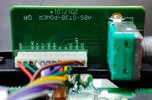 1693304046933.jpg454.9 KB · Views: 204
1693304046933.jpg454.9 KB · Views: 204 -
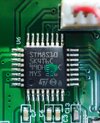 1693304046952.jpg914.5 KB · Views: 221
1693304046952.jpg914.5 KB · Views: 221 -
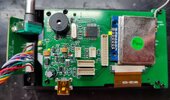 1693304046889.EDIT.jpg405.5 KB · Views: 234
1693304046889.EDIT.jpg405.5 KB · Views: 234 -
 3-Channel-Radio-CR3P-2-4GHz-incl-Receiver-2000002_b_0.jpeg146.9 KB · Views: 255
3-Channel-Radio-CR3P-2-4GHz-incl-Receiver-2000002_b_0.jpeg146.9 KB · Views: 255
